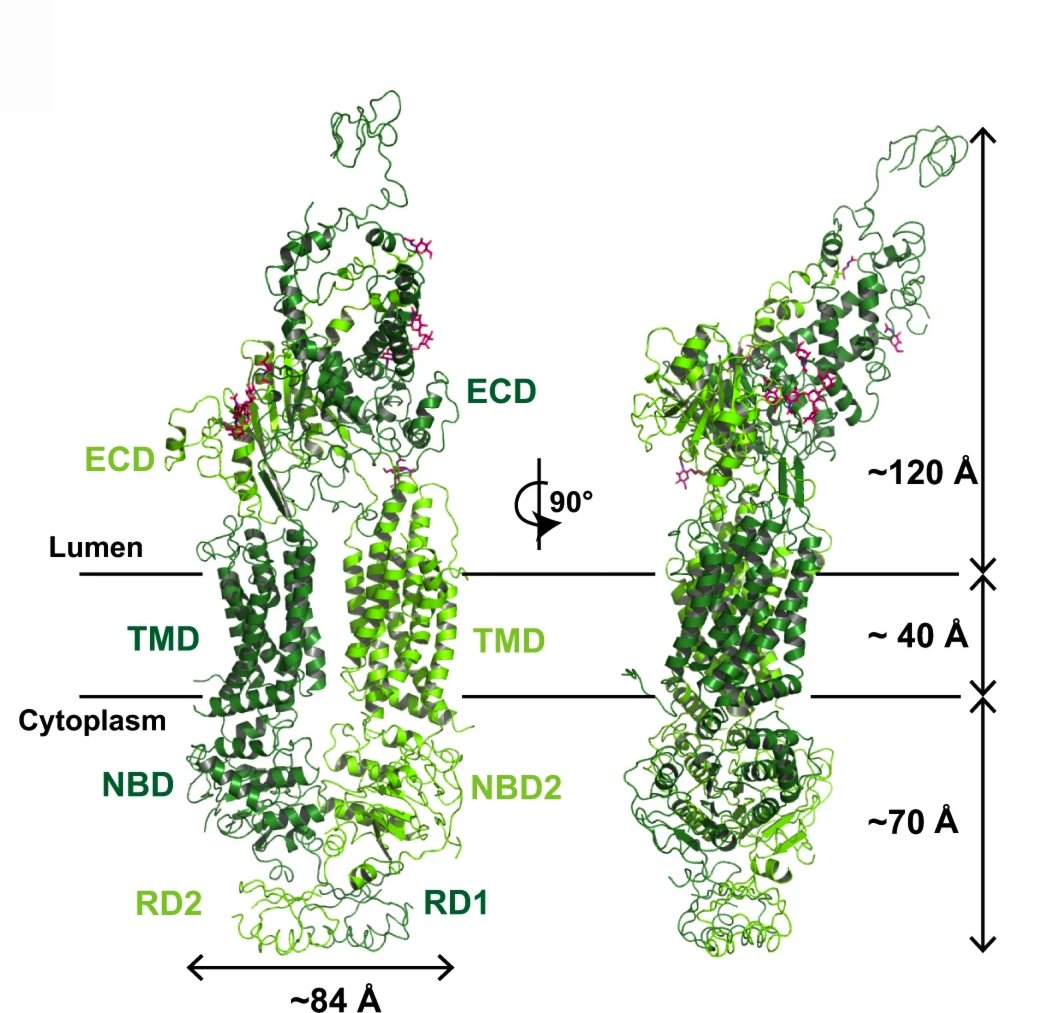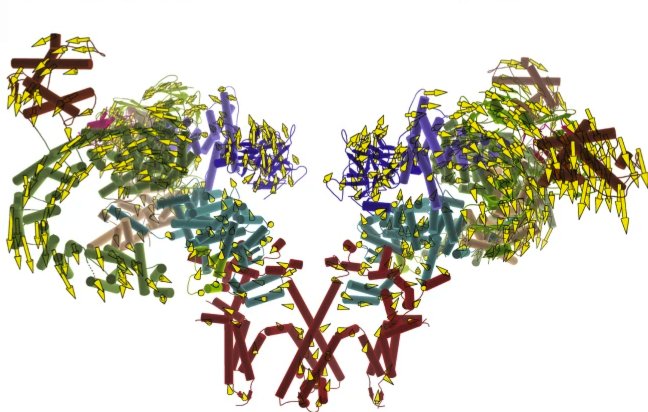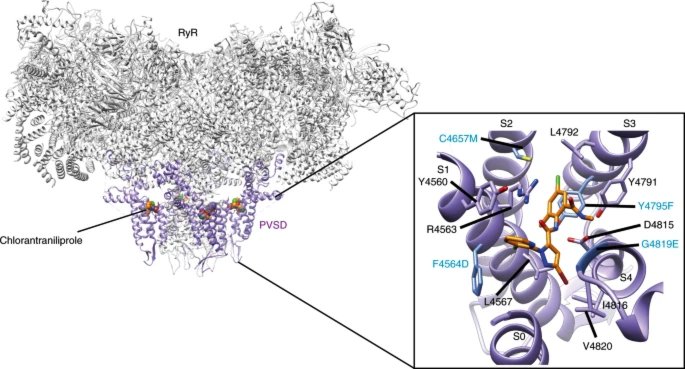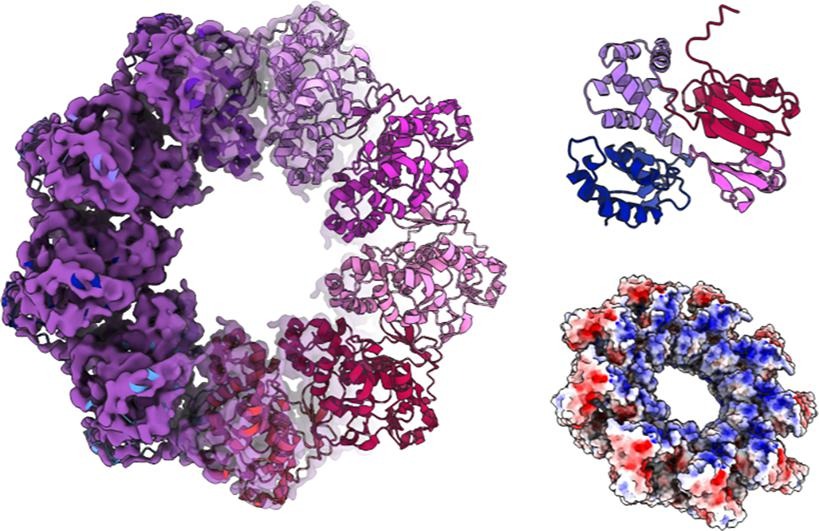Structure of a lipid flippase from the retina from the Molday and Van Petegem Labs

Molday and Van Petegem Labs
Structure of a disease mutant ryanodine receptor from the Van Petegem Lab

Van Petegem Lab
Structural basis of insecticide binding to the ryanodine receptor from the Van Petegem Lab

In a new paper from the Van Petegem lab, researchers show how the widely used diamide class of insecticides bind to an ion channel called the ryanodine receptor, and how the insecticide triggers opening of this ion channel. The study shows how several insects have developed resistance by evolving mutations directly within the binding site. […]
Structure EspA filament of enteropathogenic E.Coli from the Strynadka Lab

In a new paper from the Strynadka lab, researchers show the structure of the EspA filament from enteropathogenic E.Coli. Enteropathogenic E.Coli used the a multi-protein assembly called the Type III Secretion System to deliver proteins to host cells. The EspA filament is an extension to the Type III secretion system required for bacterial colonization of […]
Structure of EscV, a key protein in bacterial secretion systems from the Strynadka Lab

A new paper from the Strynadka lab uses cryo-EM to solve the structure of the bacterial protein EscV. EscV is a key protein in controlling the export of substrates through a macromolecular ‘syringe’ known as the Type III secretion system, which bacteria use to transfer proteins, including toxins, directly into host cells.